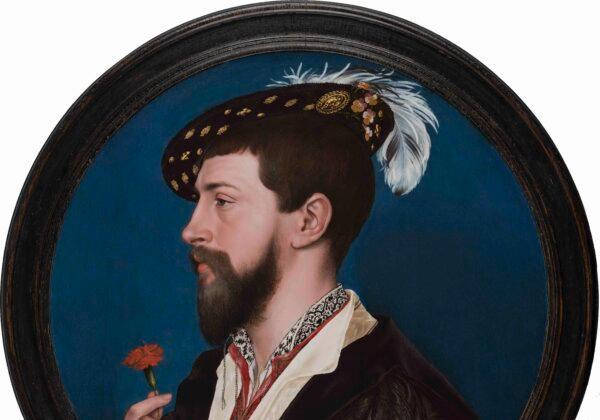Preeminent 16th-century German painter Hans Holbein the Younger is best known for his nuanced portraits of English Renaissance greats. But visitors to the upcoming “Holbein: Capturing Character” exhibition at The Morgan Library & Museum will be able to see that Holbein created so much more.
The exhibition is the first major U.S. show dedicated to Holbein’s entire career, from his artistic beginnings in the book trade in Basel, Switzerland, to the height of his career at King Henry VIII’s court in England.
In addition to his myriad portraits, exhibition visitors will see that Holbein designed prints, printed books, personal devices (emblems with mottos), and even jewels.

Dear Portraits
In Holbein’s portrait paintings, we see everything that the Renaissance held dear: Christian virtues, classical learning, and an appreciation of fine art and craftsmanship.He excelled at creating portrait paintings that conveyed the physical attributes and personalities of his sitters, whose often influential identities he reinforced by painting an array of objects and symbols—a visual language understood in the Renaissance.
Holbein’s portrait of Simon George of Cornwall demonstrates this well. The Morgan chose this particular portrait to promote the exhibition. To us, George appears to be an English nobleman fashionably dressed in the Italian style, appreciating a red carnation. But back in the Renaissance, George’s portrait revealed much more. He’s a man seeking a wife, according to the red carnation in his hand and the pendant of Leda and the Swan pinned to his hat. The circular composition, known as a tondi, nods to antiquity too, as in ancient times the circle was believed to be the purest geometric form.
The exhibition is a fascinating peek into how Holbein’s subjects wanted to be seen and remembered, and how Holbein designed devices and objects to convey that message.






